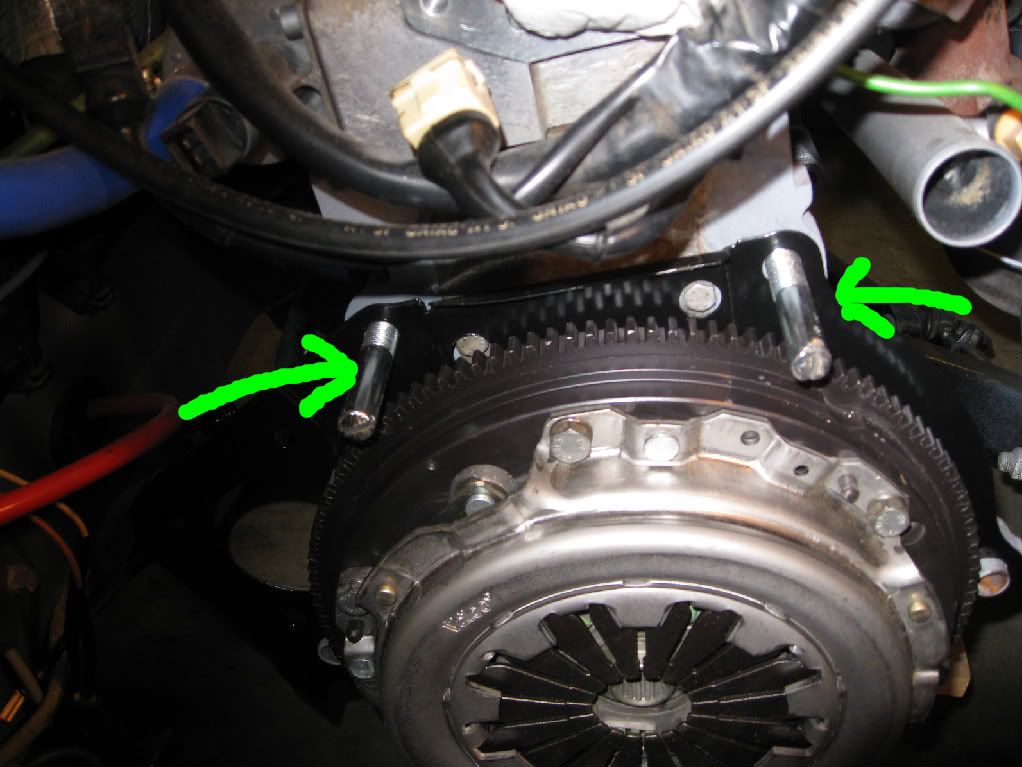dllubin
Don
Ah yes, the distracting side projects. I sometimes think that my X is the distracting side project as my list of high priority things that need to get done grows.Started doing a bit of work on the Scorpion. I'm fabricating a removable steel roof panel that tightly follows the lines of the car. I have never been wild about how the 037 roof panels sit so proud and high. I know they're a practical concession to wearing a racing helmet but I doubt I will be wearing a helmet in this car. If I ever find myself in that situation, I will bite the bullet (stylistically) when it happens.
View attachment 13310
I will put together a video showing my progress shortly. I've been beset by all manner of distracting side projects.
A steel roof panel sounds ambitious but I'm sure with your skills it should come out great.
That trans tail lurking under the back of the Scorpion looks real bad-ass, and gives the impression that something special is going on inside. I suppose if this was an agricultural area you could add a PTO on the back to run farm equipment. Or, how about a propeller? You would not have to worry about tailgaters in that case although I don't think there will be many cars that could keep up with this beast.
I'll be looking forward to your next clip.

